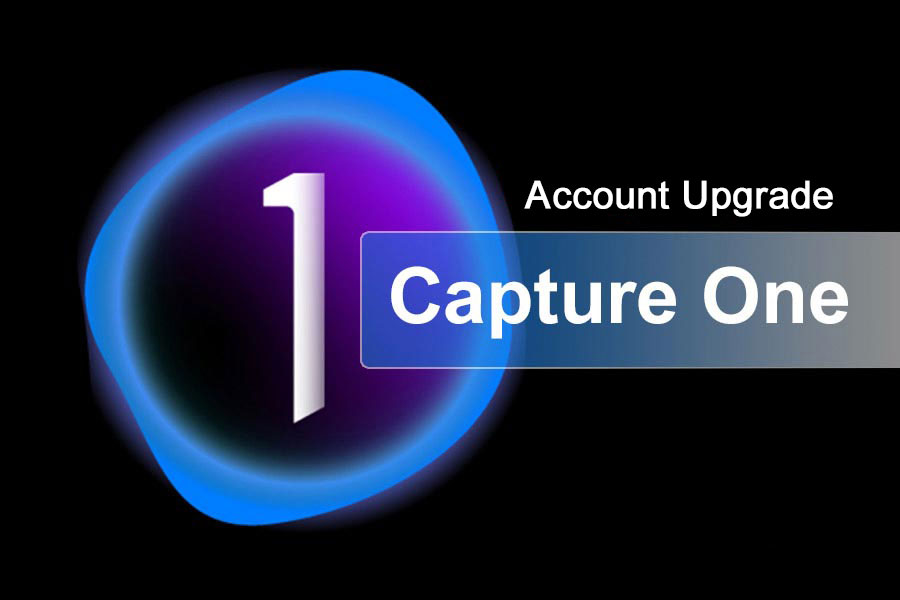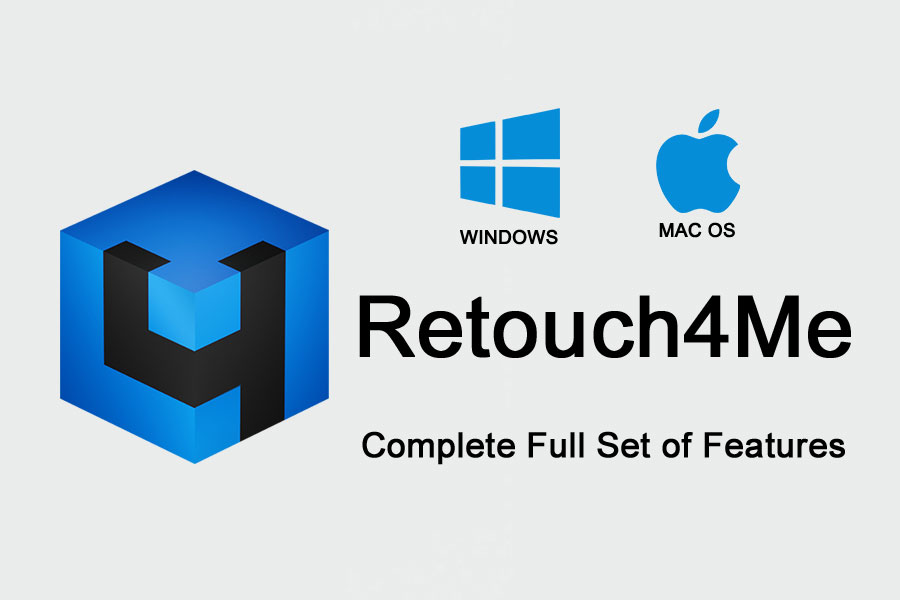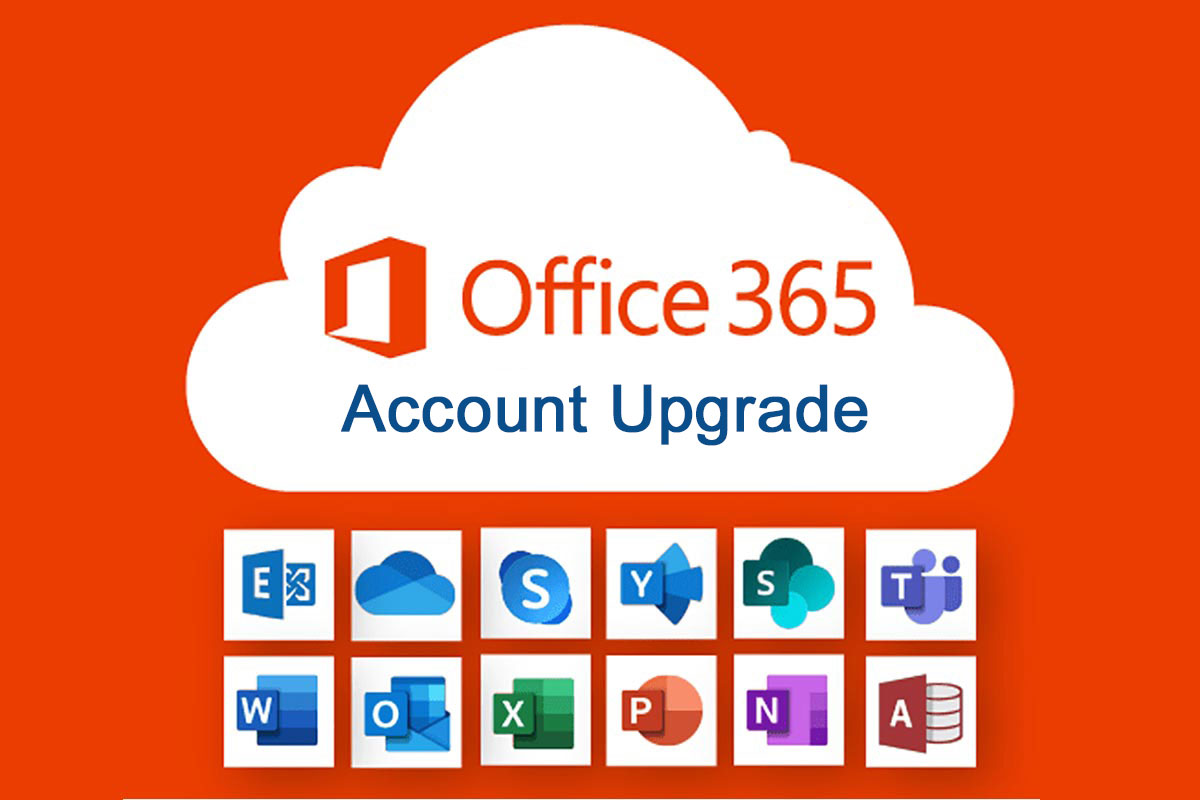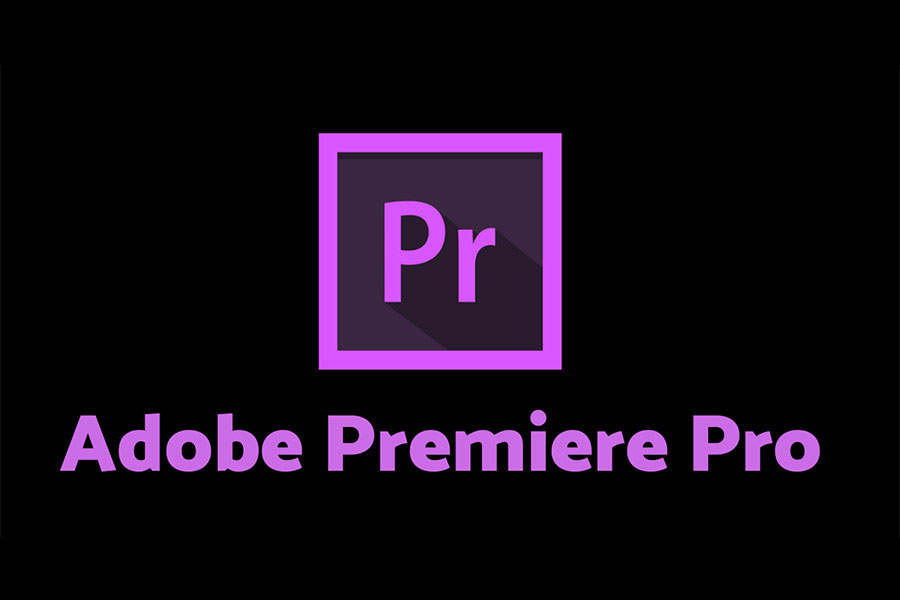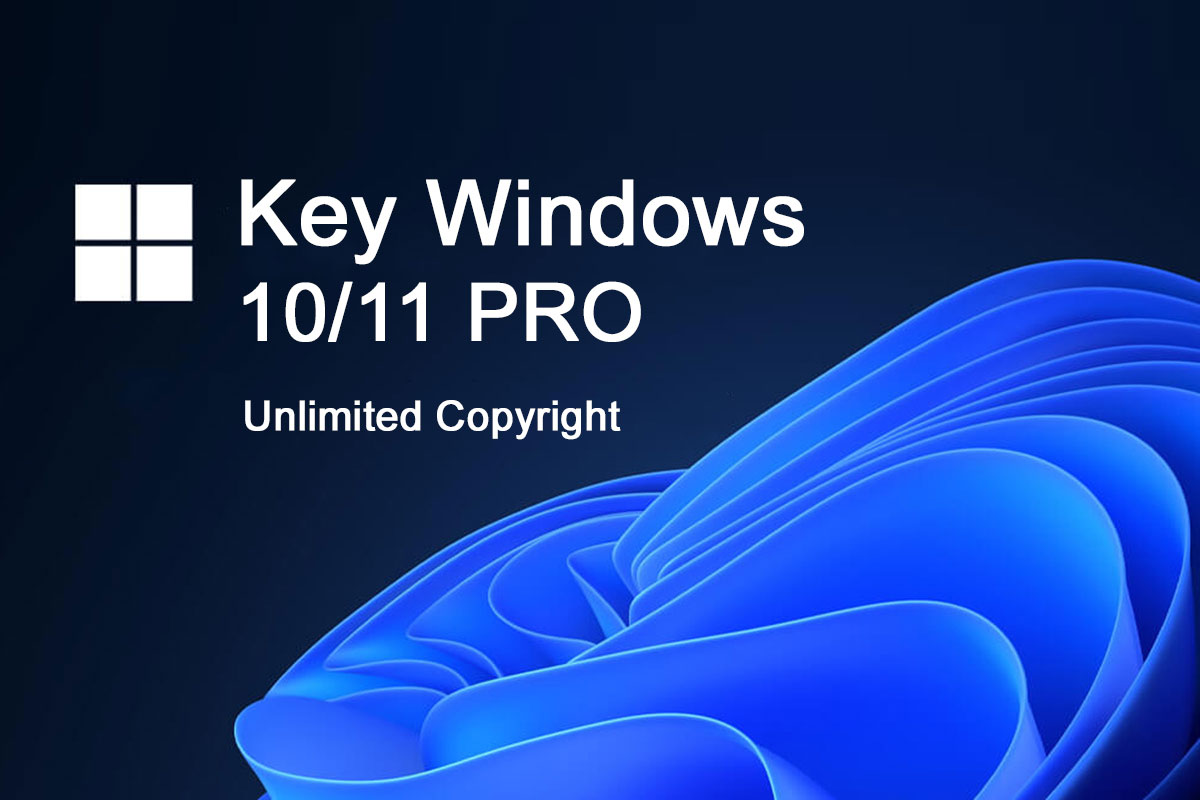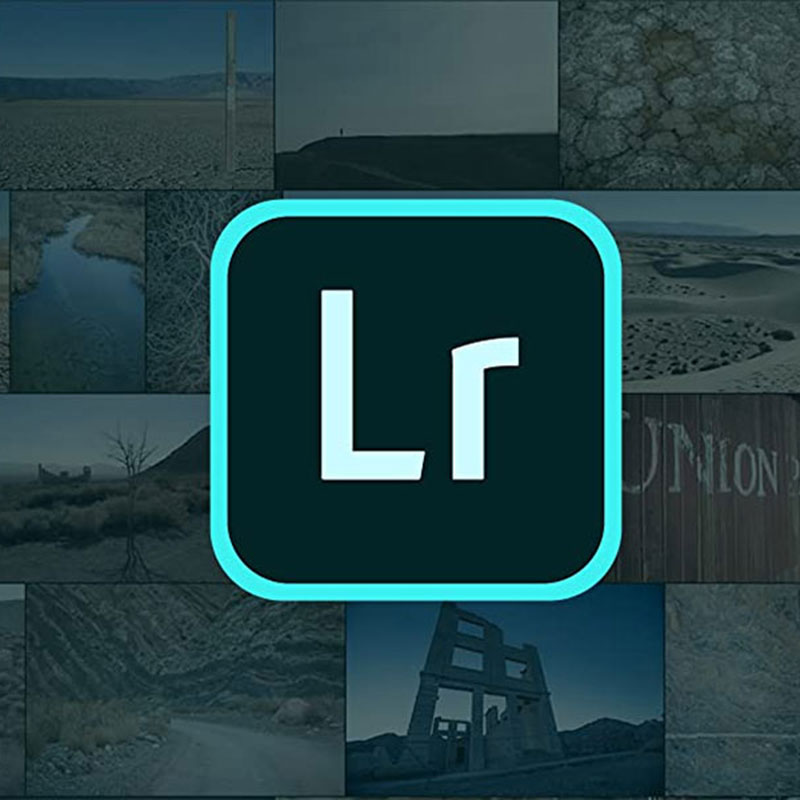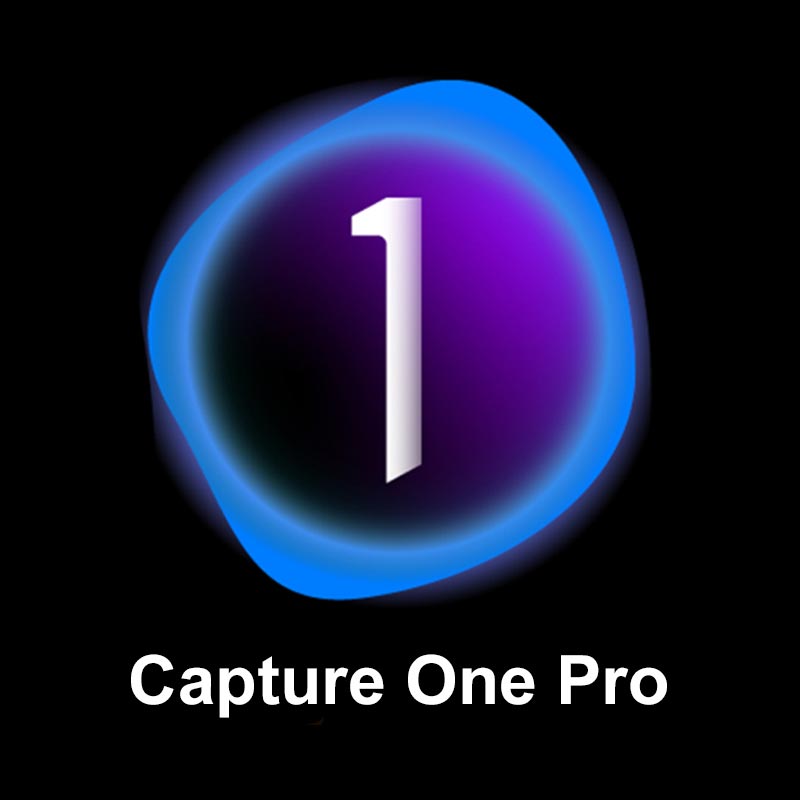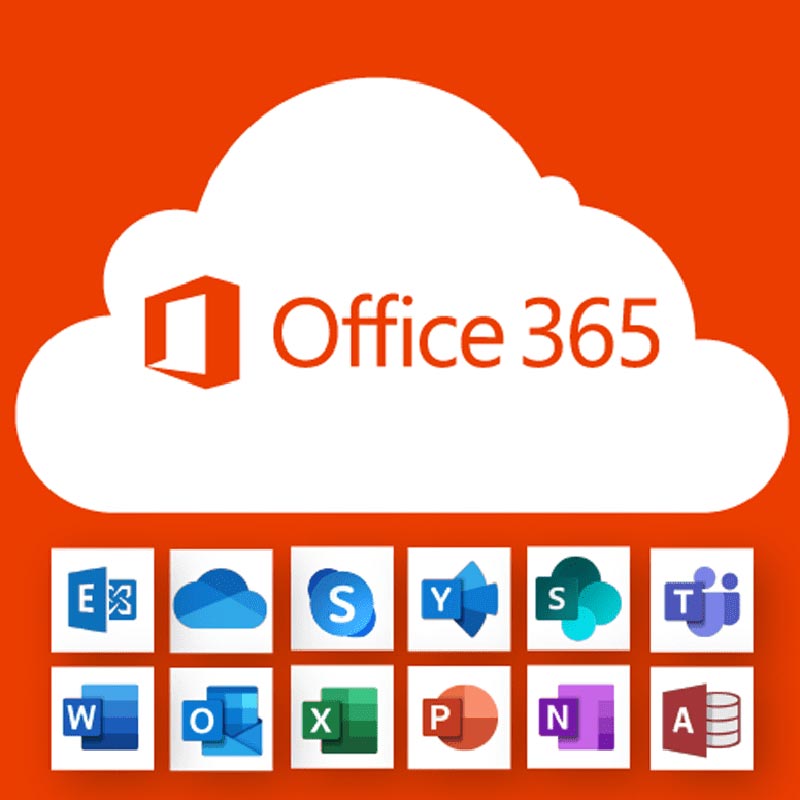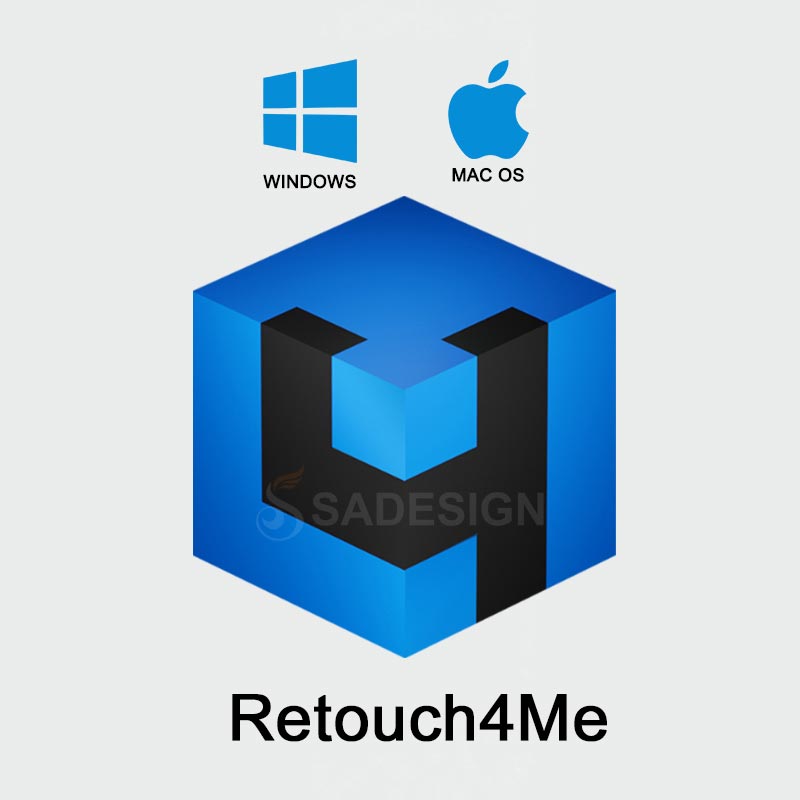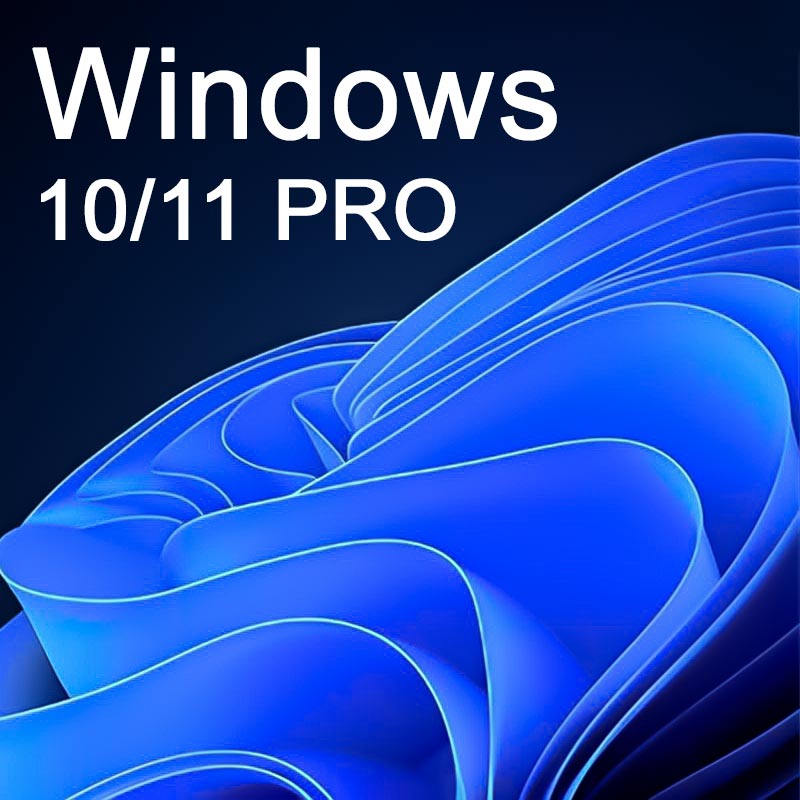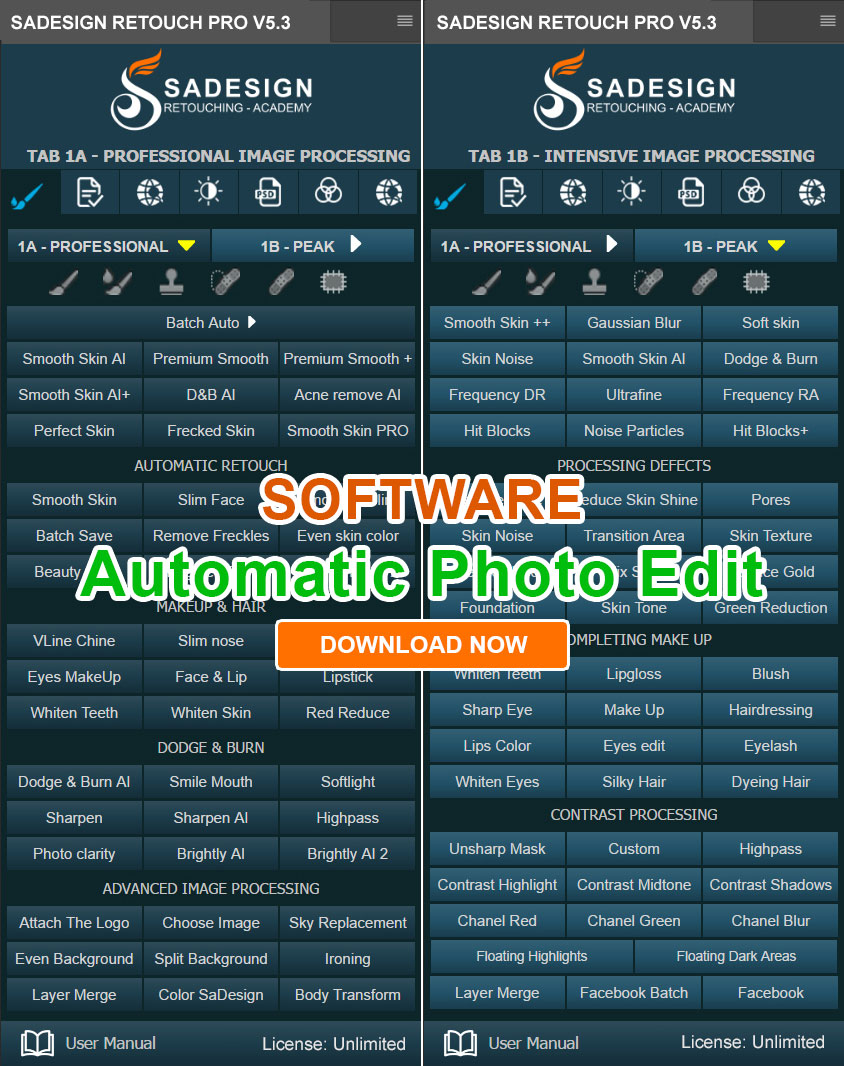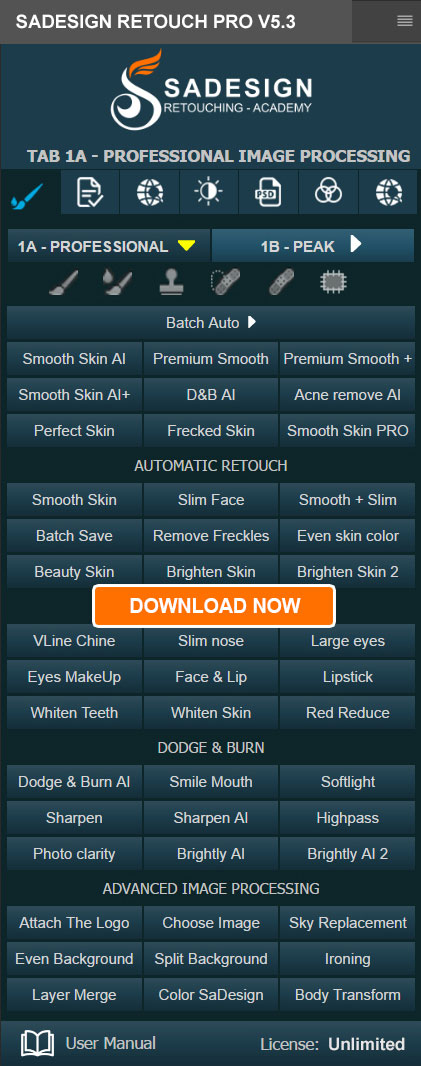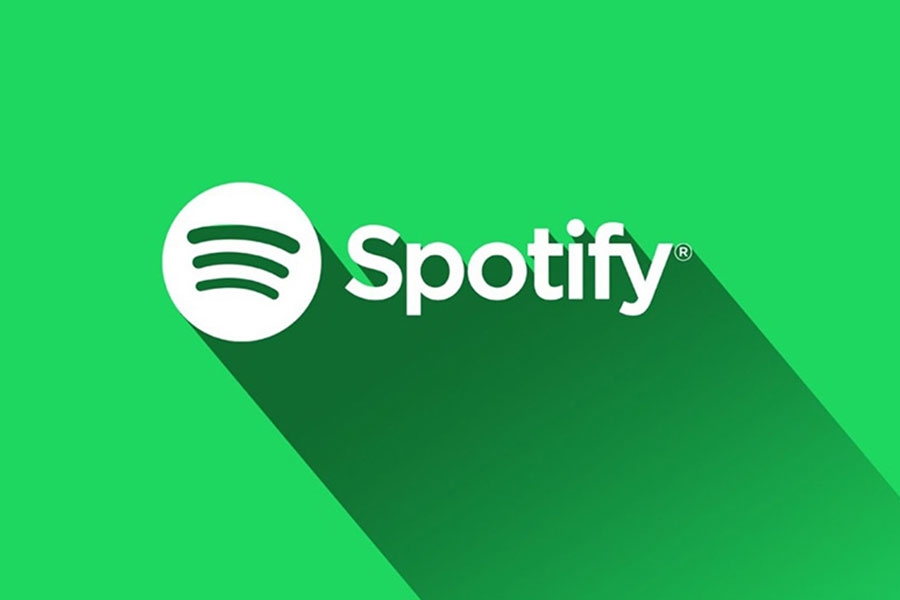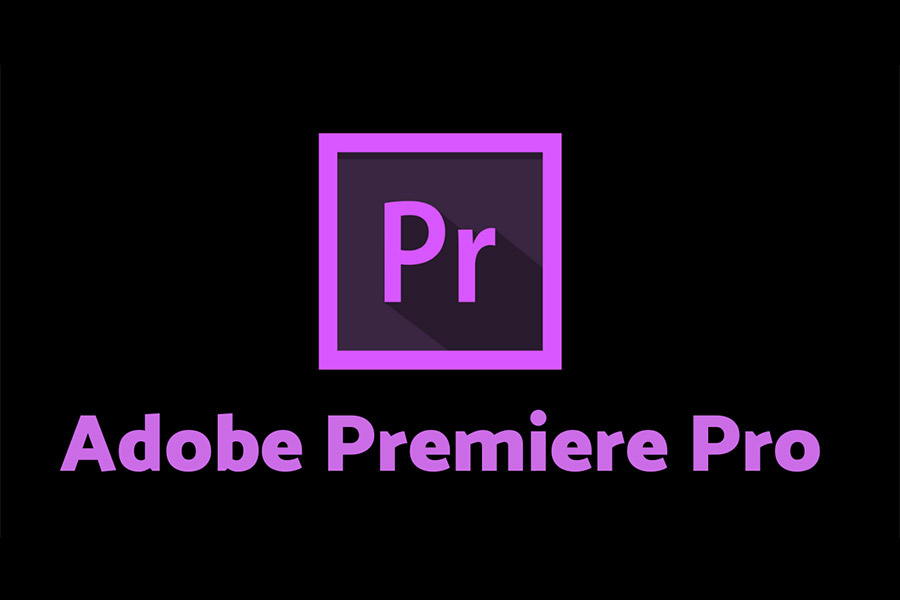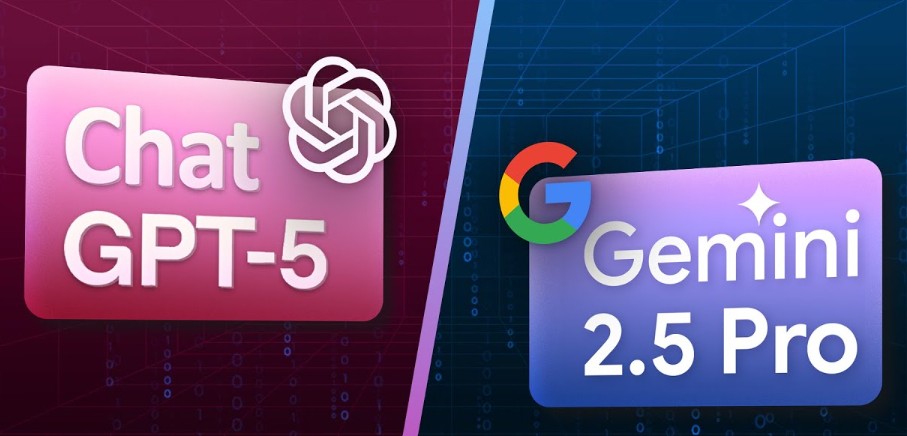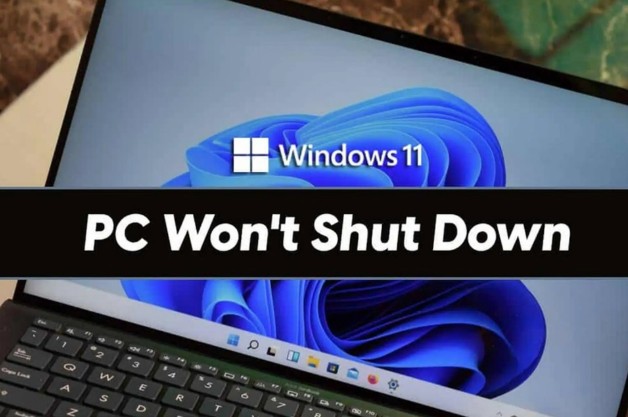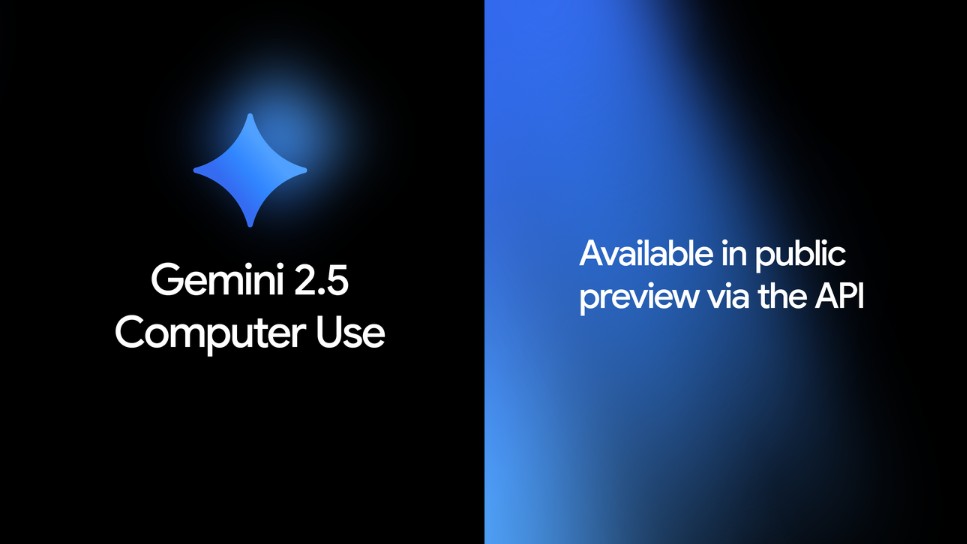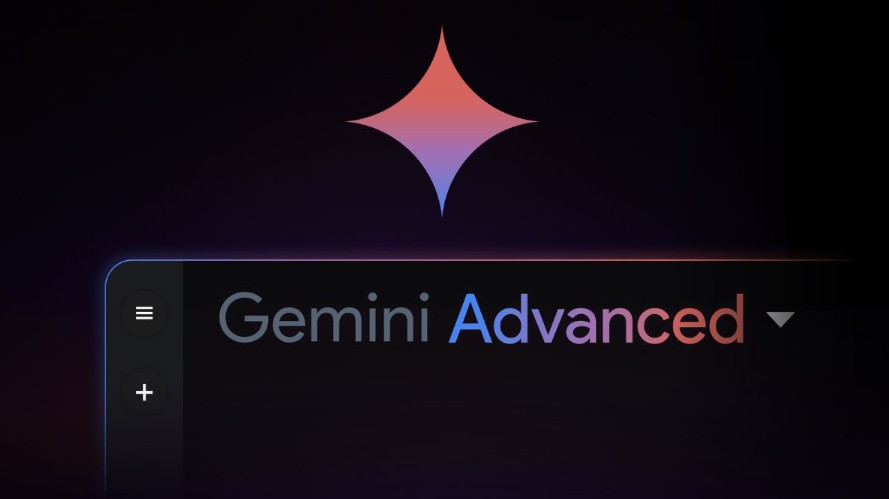Best Selling Products
Microsoft Tightens Windows 11: User Installation Freedom Is About to Be Wiped Out
Nội dung
Microsoft is tightening the Windows 11 installation process, forcing users to sign in with a Microsoft account and connect to the internet from the start, a move that has sparked a heated debate about the boundaries between security, convenience and personal freedom in the digital age.
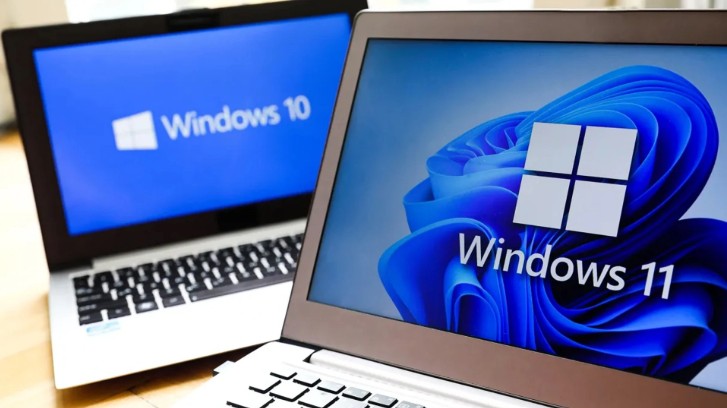
Windows has always been considered the most popular operating system in the world, dominating the personal computer market almost completely. From the legendary Windows XP to the stable and modern Windows 10, users have always expected freedom of control, customization and the right to choose how to use their own system. However, with the release of Windows 11, that seems to be changing. Microsoft is increasingly tightening its control over users and recently, the company has made a move that is considered "going too far" by tightening the Windows 11 installation process, removing popular methods for users to set up their computers with local accounts and without the need for a network connection.
This is not just a technical update, but an ideological battle between two perspectives: on one side is Microsoft with its orientation of “total synchronization” of everything into its online ecosystem and on the other side are users who love freedom, privacy and absolute control. This “tug of war” is getting hotter and the question is: is Microsoft going too far in its attempt to control the user experience?
1. Microsoft is about to no longer give users a choice when installing Windows 11
Since the early years of Windows, installing an operating system has always given users a certain amount of freedom. You can choose to install Windows from a USB, DVD, hard drive, create custom partitions, and especially set up a local account without needing an internet connection or being forced to log in to any online services. For many users, this is an indispensable step to ensure privacy, security, and control over personal data.
But that’s slowly disappearing. In recent updates to Windows 11, Microsoft has almost completely removed the ability to install offline, forcing users to sign in with a Microsoft account and connect to the internet during the installation process. If you don’t do this, the setup process won’t complete. This means that if you don’t have a network or don’t want to connect, you’re stuck at the first screen.
.jpg)
There have been many “shortcuts” that have helped users bypass these constraints, the most famous of which is the “OOBE\BYPASSNRO” command that enables offline setup. But recently, Microsoft has completely blocked this method, making it nearly impossible to set up Windows without a Microsoft account. This is not a random move, but part of the company’s long-term strategy to bring all users into its online ecosystem.
Microsoft says this “simplifies” the installation process and provides a “more seamless experience.” But for many users, especially tech professionals, this is a loss of choice.
2. Why is Microsoft tightening offline installation permissions?
To understand better, it is necessary to recognize that Microsoft is transforming itself from a traditional software company to a “comprehensive computing service”. In that strategy, Windows is no longer just an operating system, but part of a giant connected ecosystem including Microsoft 365, OneDrive, Teams, Xbox and a series of other cloud platforms. The Microsoft account is the key to help the company connect all these products, at the same time collecting user data to optimize the experience and product orientation.
By forcing users to sign in to an account during installation, Microsoft can:
Sync personal data right from the start including settings, browsing history, files in OneDrive, and even Outlook contacts.
Seamlessly integrate its services like Game Pass, Microsoft 365, Copilot AI, and Phone Link.
Enhance security with remote device management, account recovery support, BitLocker drive encryption, and user identity verification.
And finally, there's no denying: increased capabilities for behavioral data collection, ad serving, market research, and new feature development.
.jpg)
These are all worthy goals in theory. But from the user’s perspective, especially those concerned with privacy and device control, this is a step backward. When every action you take is a “sign in to continue” request, Windows is no longer the open platform it once was, but a conditional service where everything operates according to Microsoft’s standards.
3. Backlash from the user community
Soon after the news of blocking the “OOBE\BYPASSNRO” command spread, tech forums like Reddit, Neowin, and Tom’s Hardware were flooded with heated discussions. Most users expressed their frustration and disappointment with this new policy of Microsoft.
Many people believe that forcing a Microsoft account to sign in is a coercive act that goes against the open design philosophy that Windows once represented. They don't object to Microsoft encouraging users to connect accounts, but removing the option altogether is considered overkill.
A common argument is: “Not everyone wants to live in the cloud.”
Not everyone wants to sync personal data, store documents on OneDrive, or receive promotional notifications for Game Pass and Microsoft 365. For many, offline installation is not just a habit, but a practical solution that makes the system run faster, less cumbersome, and more secure.
.jpg)
Most of those who oppose Microsoft's new policy have very clear reasons.
First of all, avoiding ads is the most common motivation. When installing with a Microsoft account, users are almost guaranteed to encounter full-page ads for Game Pass, cloud storage, or other integrated products. For individual users, this may be a mild annoyance; but for tech professionals, IT technicians, or designers, this can be time-consuming and frustrating.
Second, many people want to opt out of mandatory services like OneDrive or BitLocker. Not everyone needs cloud backup or hard drive encryption. Some users want to decide for themselves how they store and protect their data, especially in enterprise or lab environments where more flexible configuration is required.
Finally, control over drivers and system configuration. Offline installation allows users to proactively install drivers from trusted sources, avoiding Windows Update automatically downloading incompatible versions, causing performance errors or hardware conflicts. This is one of the main reasons why technicians always prefer to keep offline installation rights.
4. What does Microsoft say to justify its actions?
In an official statement, Microsoft said that “circumventions” like OOBE\BYPASSNRO can leave the device incompletely configured, which can impact stability and security. The company stressed that the setup process (OOBE) needs to be completed with the internet and a Microsoft account to “ensure the device is working properly and is best protected.”
From Microsoft's perspective, requiring an online account not only helps users access accompanying services like Copilot AI, Store or OneDrive, but also supports faster security updates. The company also emphasizes that the centralized management model through a Microsoft account helps reduce the risks of malware, phishing and data loss.
However, the technology community believes that this is just a superficial reason, because security patches can be installed completely through Windows Update without requiring personal account binding. "Equating" security with account connection only makes users feel more forced.
.jpg)
If you look back at the history of Windows, this isn’t the first time Microsoft has tried to limit user freedom, nor is it the first time it has failed. Every time the company puts up a barrier, the tech community finds a new way to overcome it.
Over the past decade, from forcing automatic updates on Windows 10 to requiring TPM 2.0 when installing Windows 11, users have proven to be very creative in their work around the rules. Tools like Rufus, NTLite, and Ventoy have continuously released patches that bypass the installation restrictions, allowing users to freely configure their systems as they wish.
So, while Microsoft is trying to tighten its grip, this battle is certainly not over. It is very likely that in just a few weeks or months, the online community will find a new way to restore offline installation rights and Microsoft will have to run to patch that loophole again.
.jpg)
The biggest question that arises from this move is: What is Microsoft aiming for?
Is this a step towards a better user experience, or simply a way for the company to tighten its grip on personal data?
In the context of digital globalization and fierce competition with Apple, Google or OpenAI, Microsoft wants to build a closed ecosystem where everything is synchronized and operated according to the "all-in-one" philosophy. This helps the company maintain its competitive position and create a more seamless experience for ordinary users.
But at the same time, the trade-off between personal freedom and “convenience” is always a controversial topic. A large segment of users, especially professionals, still believe that Windows should remain open: users can decide everything from how to install it to whether to use online accounts.
Microsoft’s tightening of the Windows 11 installation process is more than just a minor technical update, it’s a sign of a profound philosophical shift in how the company views the relationship between users and products. From “user-serving,” Microsoft is moving toward “user-oriented.” However, if there’s one thing that hasn’t changed, it’s the creative spirit of the Windows user community. Every time Microsoft puts up a wall, millions of people around the world try to break it down. This story of freedom versus control will likely continue for years to come, and only time will tell if Microsoft is on the right track.

